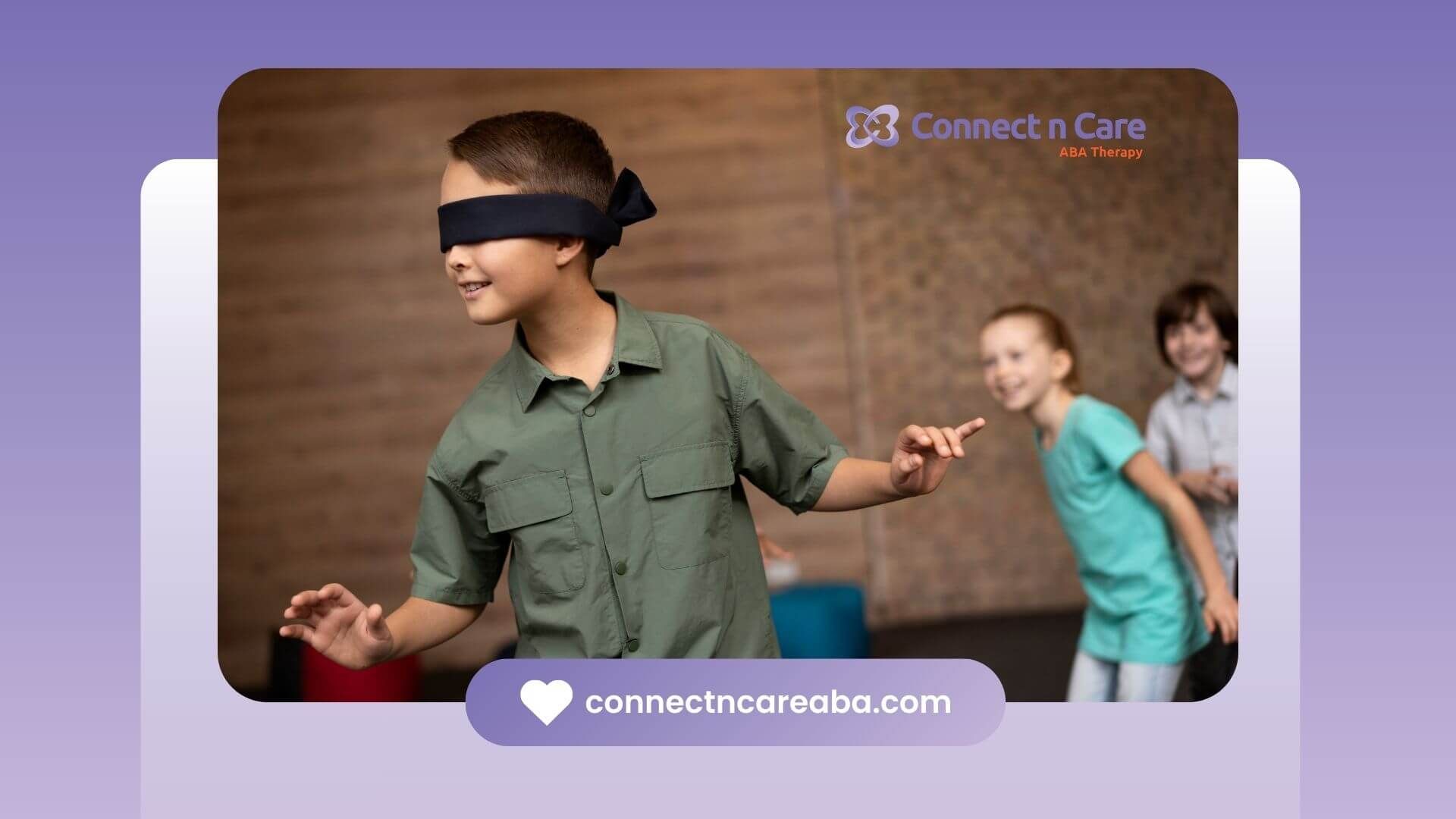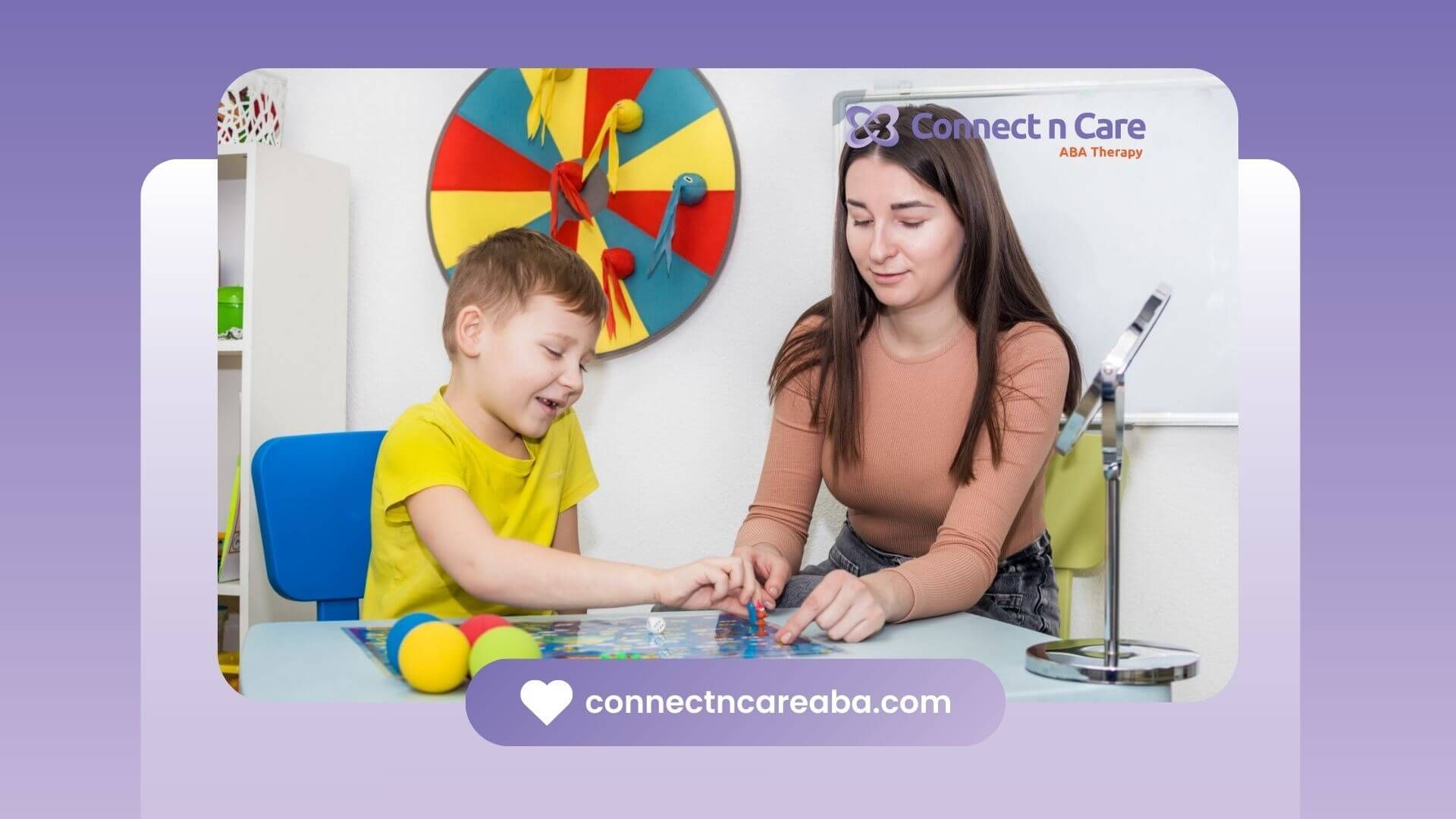Key Highlights
- What is Duration? In applied behavior analysis, duration is a type of continuous measurement that records how long a target behavior lasts from its beginning to its end.
- Why It Matters: Tracking duration helps a behavior analysis professional see if a behavior is increasing or decreasing in length, which is vital for assessing progress.
- Two Key Methods: You can measure the total duration of all occurrences or the duration per single occurrence for more detailed data.
- Tools for Tracking: Professionals use various tools, from simple stopwatches and paper to specialized digital apps, to accurately record duration data.
- Common Applications: Duration is essential for tracking behaviors like tantrums, on-task academic work, and social engagement.
If you’ve ever wondered how therapists know whether ABA therapy is truly working, the answer often comes down to data. One of the most important pieces of that data is duration—how long a child stays engaged in a skill or behavior.
Not long ago, I worked with a teenager who had frequent, long emotional outbursts. At first, they lasted almost half an hour. By focusing on duration, we could track how his coping strategies shortened each episode. Within weeks of home-based ABA sessions, the same outbursts dropped to under five minutes, giving him more time for positive activities.
What Is Duration in ABA?
Defining Duration
Duration is the total amount of time a behavior occurs. Unlike frequency (which counts how often a behavior happens), duration focuses on how long the behavior lasts once it starts.
For example:
- A tantrum that continues for 10 minutes.
- A student staying focused on homework for 20 minutes.
- A child playing independently for 6 minutes.
These measurements help practitioners set clear, trackable goals.
Why It Matters
Duration is particularly important when the length of a behavior has more impact than its frequency. One tantrum that lasts 45 minutes may be more concerning than three tantrums that last only a minute each.
Tracking duration helps professionals:
- Assess the severity of a behavior.
- Monitor progress over time.
- Decide if interventions are effective.
According to Cooper, Heron, & Heward (2020), measuring duration provides “precise data that support decision-making and treatment planning.”
Methods of Measuring Duration
Total Duration Recording
This method adds up all the time a behavior occurs within a session. For example:
- Tantrum #1: 3 minutes
- Tantrum #2: 5 minutes
- Tantrum #3: 2 minutes
Total duration = 10 minutes.
This approach gives practitioners a “big picture” view of how much time is spent on a behavior in a set period.
Duration per Occurrence
Instead of combining times, this method records how long each instance lasts. Example:
- Tantrum #1: 3 minutes
- Tantrum #2: 5 minutes
- Tantrum #3: 2 minutes
Here, the focus is on patterns. Are tantrums shorter over time? Is the first occurrence longer than the last? This level of detail helps therapists tailor interventions more effectively.
Tools for Tracking Duration
Manual Tools
- Paper and Pencil – Simple datasheets where times are logged by hand.
- Stopwatch – Classic and reliable, though it requires manual data entry afterward.
Digital Tools
- Counter Apps – Smartphone apps with timers and data storage.
- ABA Software – Specialized platforms that sync directly with client records and often generate graphs automatically.
Each method has pros and cons. Manual tools are low-cost and distraction-free but time-consuming. Digital tools save time and reduce errors, though they depend on battery life and may distract from the session.
Pro Tip: According to a 2022 survey in Behavior Analysis in Practice, ABA providers using digital data collection reported 30% faster analysis time compared to manual entry.
When Is Duration the Best Choice?
Behaviors Where Duration Data Is Essential
Duration is the preferred measurement when the length of the behavior affects learning, safety, or quality of life. Examples include:
- Tantrums – To monitor emotional regulation progress.
- On-Task Behavior – Tracking how long a student stays focused.
- Social Engagement – Measuring time spent interacting with peers.
- Stereotypic Behavior – Reducing how long repetitive behaviors occur.
Real-Life Scenario
Imagine a Registered Behavior Technician (RBT) working with a child named Alex. The goal is for Alex to spend more time playing independently.
- Week 1 baseline: 2 minutes of independent play.
- After introducing new toys and praise: 4 minutes.
- Over several weeks: 6 minutes.
This clear increase in duration data shows progress that both the therapist and Alex’s family can see.
Duration vs. Latency: A Quick Comparison
Duration
- Measures how long the behavior lasts.
- Example: A tantrum that continues for 12 minutes.
Latency
- Measures how long it takes to start a behavior after a prompt.
- Example: A child takes 30 seconds to begin a math assignment after being asked.
Both are continuous measurement methods, but they serve different purposes in treatment planning.
Conclusion
Measuring duration in ABA gives therapists and families a clear, objective way to track progress. Whether it’s helping a child stay on-task longer, reducing the length of tantrums, or encouraging more time spent in social play, duration data tells a powerful story of change.
The right tools—whether a simple stopwatch or advanced software—make collection easier, but the key is consistency. With accurate and steady data, ABA professionals can design interventions that genuinely improve quality of life.
At Connect n Care ABA, we believe every child deserves the chance to grow and thrive. Whether it’s at home, in school, or in one of our clinics, our compassionate team provides personalized ABA therapy across North Carolina and Virginia.
Ready to see real progress? Contact us today to learn more about our in-home ABA therapy, school-based autism support, and ABA therapy clinic. Together, we’ll help your child build skills that last.
Frequently Asked Questions
How does duration differ from latency in ABA?
Duration measures how long a behavior lasts. Latency measures how long it takes to start a behavior after a prompt.
Is duration considered continuous measurement?
Yes. Duration is one of the main forms of continuous measurement because every occurrence is recorded in real time.
When should a BCBA use duration as the preferred measurement?
A BCBA should use duration when the length of a behavior matters more than how often it occurs—such as with tantrums, on-task time, or social play.
Sources:
https://pmc.ncbi.nlm.nih.gov/articles/PMC8280472/
https://iris.peabody.vanderbilt.edu/activity/behavior-assessment-duration-and-latency-recording/
https://btexamreview.com/continuous-measurement-frequency-rate-duration-irt-latency/
https://specialconnections.ku.edu/assessment/data_based_decision_making/teacher_tools/duration_recording









